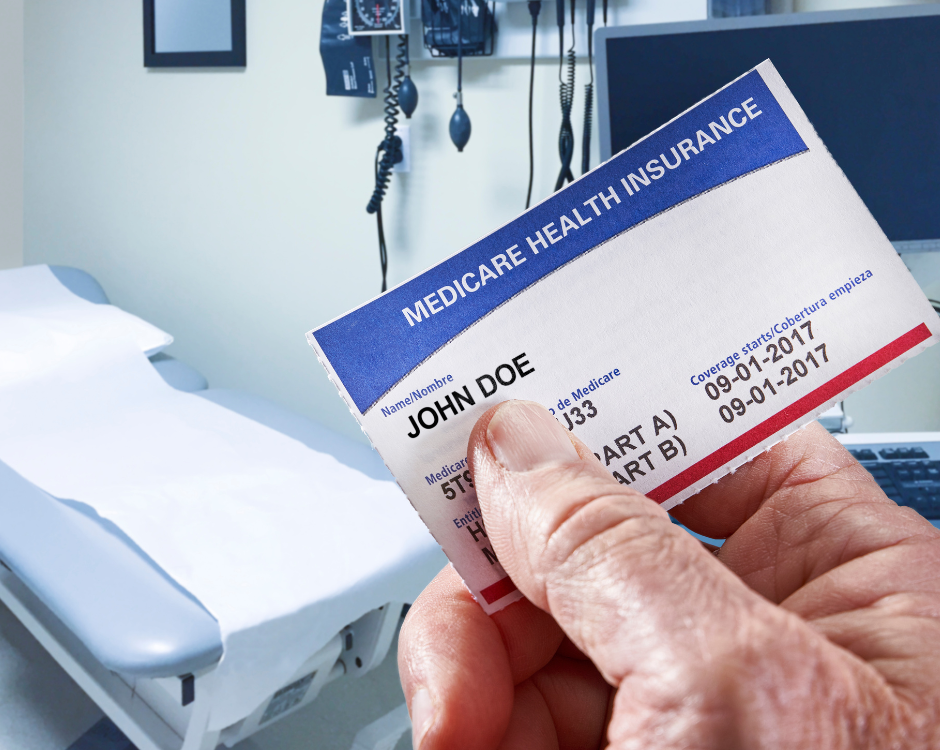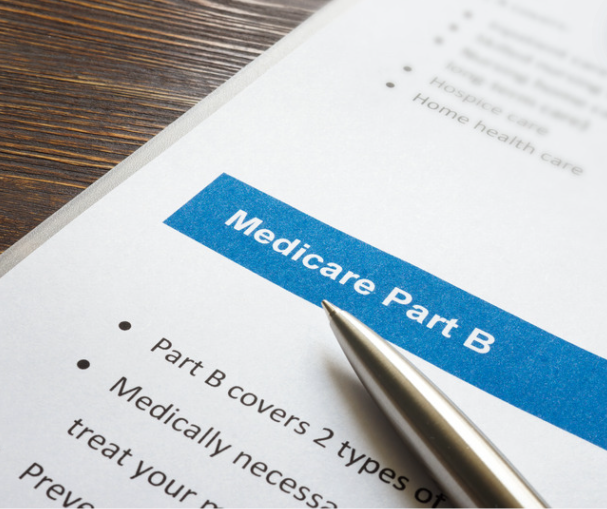- Licensed & Approved Agency in Multiple States
- (888) 901-4870
- (404) 996-0045

Medicare Advantage Plans: 10 Things Seniors Need to Know
October 19, 2015
Medigap Plans Comparison: Compare Plans A through N
November 10, 2015The Medicare annual enrollment period is upon us. Every year, from October 15 – December 7, people aged 65 and older can enroll in, drop or change their Medicare benefits.
For example, someone enrolled in a Medicare Advantage plan may want to change plans or go back to Original Medicare, which consists of Part A and Part B, and then buy a Medigap plan as a supplement. Benefits and plans can be confusing, though. Here’s what seniors need to know about the Medicare 2016 enrollment period:
- Those already enrolled in Medicare can switch plans. In addition to being a time for new enrollment, people who are already Medicare beneficiaries can use the time between October 15 and December 7 to switch their plans or add Medicare segments to their existing plan.
- If you’re interested in additional benefits, you should consider Parts C and D. Did you know that about 28% of seniors receiving Medicare benefits are also enrolled in Medicare advantage plans? These plans may cover additional services that your original Medicare plan doesn’t cover and seniors who want vision or dental benefits should consider enrolling in one.
- Top-tier advantage plans are rewarded. Thanks to the Affordable Care Act, seniors can evaluate advantage plans based upon their ratings. These top-rated plans often provide more benefits and cover more “Gaps” than other Medicare plans.
- Premiums don’t tell the whole story. If you’re new to Medicare, look beyond the monthly premiums in order to find the best plan for you. For example, if you use many health-care services, you may be best off opting for a plan with a low out-of-pocket maximum rather than the plan with the cheapest monthly premium. Considering how you intend to use your health plan will help you make a wise decision during the enrollment period.
- If you choose to add a Part D plan, you have until February 14 to do so. Seniors who want to change their Part D plan by adding or dropping one have an extended period of time to do this and can make changes until February 14.
- Switching to generic drugs can save you money. If you take prescription medication, talk to your doctor about the potential of switching to generic versions before you make changes to you Medicare plan. Some part D coverage leaves gaps in prescription medication coverage. Although these gaps are set to be eliminated by 2020, switching to generic medication can help you save money for the time being.
- Your plan may no longer cover your doctor. If you already have a Medicare plan, check your doctor’s enrollment status. If you’ve changed your plan, your doctor may no longer be covered in 2016. This could also happen if your doctor has changed his or her enrollment status. Checking into this during the enrollment period helps you avoid surprises down the road. Although many Medicare plans will pay for some out-of-network care, they may only do so in an emergency or the rates may be much higher.
Although Medicare enrollment can be confusing, you’re not alone. For help deciding which plan is ideal for you, visit Lifelong Insurance, LLC.
Lifelong Insurance
I’m Chad Cason, owner of Lifelong Insurance, LLC, and I specialize in helping people with their Medicare, Medigap and Medicare Advantage decisions. As an independent health and life insurance broker, I’m not tied to any one carrier. Instead, I’m free to walk you through any of the major reputable carriers in your area and help you make the right decision for your individual circumstances.




